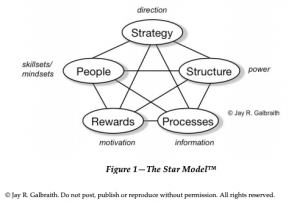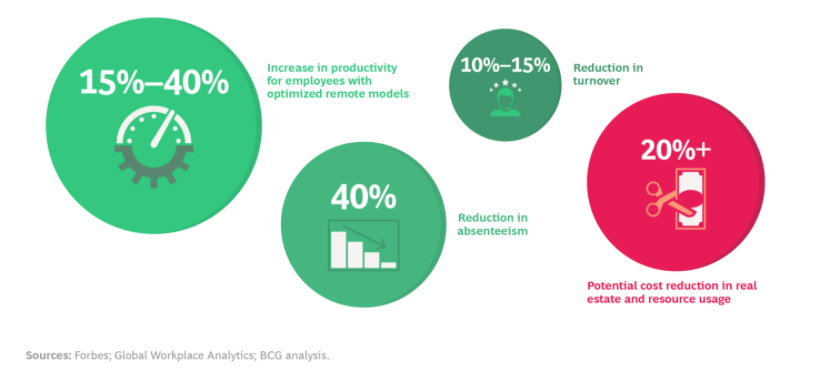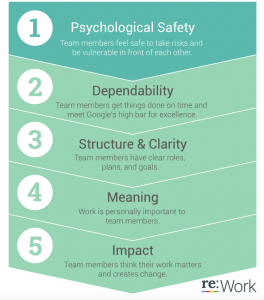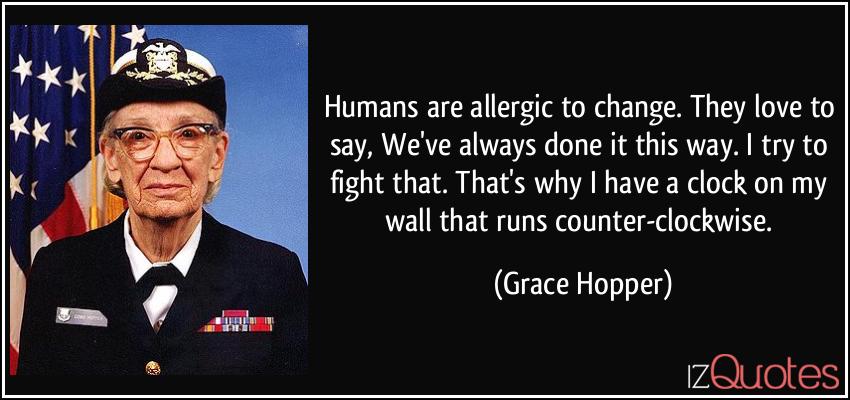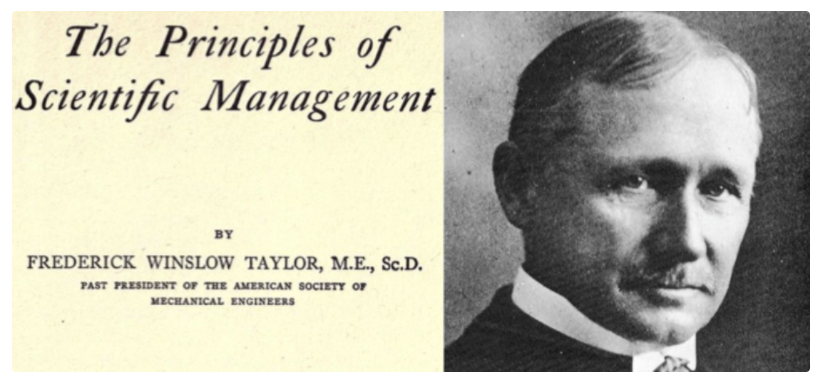We know psychological safety is crucial for high performance teams, and particularly so for technical delivery teams. Innovation is so critical for creating products that delight customers and serve critical business needs, and psychological safety is a fundamental enabler of innovation.
Below are ten questions that you can ask yourself or your teams to determine the level of psychological safety in your team. Rate agreement with the below statements on a scale of 1 – 5. 5 being “completely agree” and 1 being “completely disagree”.
When carrying this exercise out with your team, perform the survey anonymously – if it’s possible that your team are psychologically unsafe, they will be more likely to be honest if the survey is anonymous. If the team are very psychologically safe, then it won’t matter if the survey is anonymous or not.
It is also important to allow for qualitative, verbose feedback for each question as well, because that verbose feedback will facilitate and clarify some of the actions that you may need to take in order to improve these scores.
- On this team, I understand what is expected of me.
- We value outcomes more than outputs or inputs, and nobody needs to “look busy”.
- If I make a mistake on this team, it is never held against me.
- When something goes wrong, we work as a team to find the systemic cause.
- All members of this team feel able to bring up problems and tough issues.
- Members of this team never reject others for being different and nobody is left out.
- It is safe for me to take a risk on this team.
- It is easy for me to ask other members of this team for help.
- Nobody on this team would deliberately act in a way that undermines my efforts.
- Working with members of this team, my unique skills and talents are valued and utilised.
To explain the context behind each question:
1 – On this team, I understand what is expected of me.
It is essential that team members understand what is expected of them in terms of delivery (speed, quality, cost, and other factors) and behaviour (everything from dress code and punctuality to coding standards) to foster psychological safety. Ensure tasks are clear and well defined, behaviour expectations are explicit, and negative behaviours are dealt with.
2 – We value outcomes more than outputs or inputs, and nobody needs to “look busy”.
Outcomes (such as revenue generated or satisfied customers) matter more than outputs (emails sent, lines of code written, or meetings attended). If the team focus on what truly matters to the business, they are safe to make decisions that can improve outcomes, even if those decisions reduce output. The ideal is a team that possesses enough psychological safety to decide not to do something that could make them look good in the eyes of others, but doesn’t deliver outcomes for the business.
3 – If I make a mistake on this team, it is never held against me.
A psychologically safe team will never blame a member of the team for a genuine mistake if their intentions were good. Indeed, by enabling mistakes to be made without a fear of blame, you enable innovation and risk taking that can drive your organisation ahead of the competition. Utilise systems thinking and DevOps approaches to prevent mistakes before they happen or mitigate the impact of mistakes when they do.
4 – When something goes wrong, we work as a team to find the systemic cause.
Related to the previous point but important enough to warrant its own question, a system of discovering the root causes of mistakes and failures means that not only do team members feel able to take risks without being blamed, but every single “failure” is an opportunity for learning and improvement. By building psychological safety through these retrospective exercises, everyone on the team gets to learn from mistakes, meaning mistakes are a gift, not a threat.
5 – All members of this team feel able to bring up problems and tough issues.
In a psychologically safe team, all members of the team are able to bring up problems and tough issues, ranging from personal struggles to concerns about other (even senior) members of the team. This psychological safety is crucial for allowing both vulnerability to show when you’re struggling and need help, and courage to raise difficult topics.
6 – Members of this team never reject others for being different and nobody is left out.
Evidence shows that diversity in a team results in higher quality products and happier team members, but diversity in itself is not enough: it is crucial that team members are all included in decision making and delivering results. To facilitate psychological safety (and high performance) every member of the team needs to be invested in the decisions made and the outcomes generated. This is particularly crucial for remote and distributed teams, where it is more difficult to see if a team member is becoming disengaged.
7 – It is safe for me to take a risk on this team.
Mistakes happen unintentionally, but risks are about taking actions that might not work, or may have unintended consequences. Psychological safety provides the framework for positive risk-taking, enabling innovation and ultimately, competitive advantage.
8 – It is easy for me to ask other members of this team for help.
In psychologically unsafe teams, team members try to hide their perceived weaknesses or vulnerabilities, which prevents them from asking for help. In a psychologically safe team, members prioritise the team goals over individual goals. Helping others helps achieve the team goal, and because team members feel safe to ask for that help, psychologically safe teams achieve more of their goals than unsafe teams.
9 – Nobody on this team would deliberately act in a way that undermines my efforts.
In an unsafe team, members compete with each other to achieve their individual goals, and may even undermine other team members if it could benefit them or it is perceived that doing so may elevate their “rank” within the team or organisation. In a psychologically safe team, that counter-productive competition doesn’t exist, and the success of the team is more important looking good in the eyes of others.
10 – Working with members of this team, my unique skills and talents are valued and utilised.
We all bring our own unique experience, skills and knowledge to the teams that we’re in, but we also bring our own prejudices and biases. In a psychologically safe team where members are valued for being their true selves, biases are less likely to manifest. Indeed, team members may feel safe enough to identify, raise, and discuss their own biases or those of other team members. By doing so, we provide space for each individual to maximise their potential from utilising their own unique skills and talents.
Regularly Measuring Psychological Safety
By measuring the degree of psychological safety on your team, you can begin to build your own unique strategy for developing and maintaining it. For instance, this may involve running more regular retrospectives or by workshopping the team’s values and behaviours.
Measurement is only a tiny part of the process. Download a complete Psychological Safety Action Pack full of workshops, tools, resources, and posters to help you measure, build, and maintain Psychological Safety in your teams.
Remember to be patient: this is a journey, not a destination, and work on your own psychological safety too. You can’t effectively help others if you don’t look after yourself.
Take this survey for yourself.


